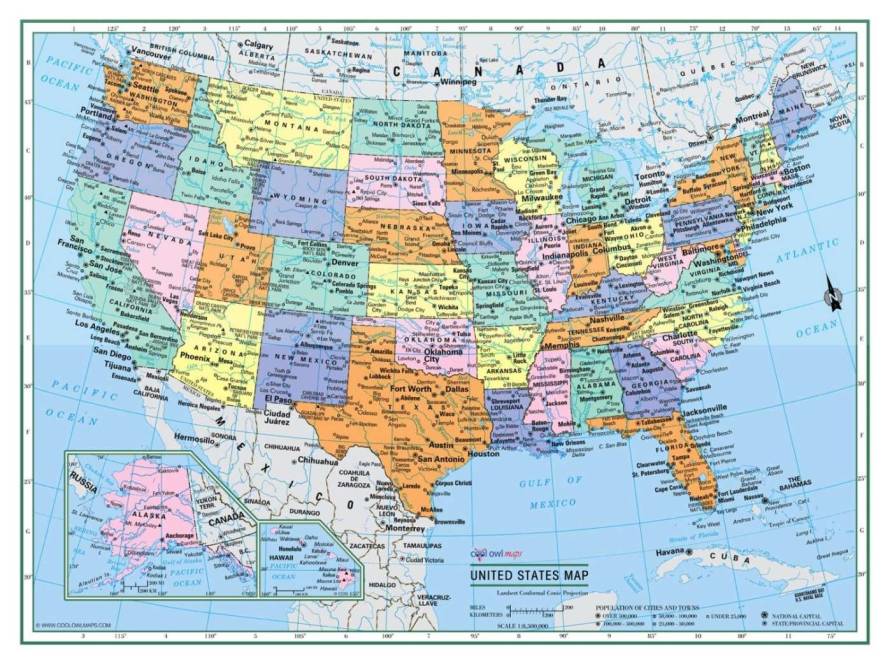Teh Mexican peso has hit its lowest value in six days, reflecting ongoing economic pressures and heightened uncertainty in global markets. As financial analysts warn of further depreciation in the near term, the currency’s decline raises concerns for businesses and investors alike. Factors contributing to this downturn include fluctuating oil prices, shifts in U.S. monetary policy, and a complex geopolitical landscape. With experts predicting continued instability, the implications for trade and investment in Mexico could be notable, prompting stakeholders to closely monitor developments in the coming days.
factors Behind the Recent Slide of the Mexican Peso
The Mexican Peso has experienced significant fluctuations recently, dropping to its lowest point in six days. Several pivotal factors have contributed to this decline.US economic policies have played a significant role, with changes in interest rates and stimulus measures directly influencing the Peso’s valuation. as the US strengthens its currency through robust economic actions, the Mexican Peso weakens in comparison. Moreover, global market trends add another layer of complexity, with ongoing uncertainties in international trade and fluctuating commodity prices adding pressure on emerging market currencies like the Peso. Investor sentiment is a critical driver as well, often swayed by broader economic conditions and geopolitical events, which can lead investors to seek safer alternatives, impacting the Peso negatively.
Economic and Trade Consequences
The volatility of the Peso is not just a financial concern; it bears significant economic repercussions for Mexico.The weakening currency could potentially inflate consumer prices, making imported goods more expensive and reducing consumer buying power domestically. A weak Peso can also affect cross-border trade dynamics with the United States, Mexico’s largest trading partner, by making Mexican exports more competitively priced but increasing the cost of imports. For investors, navigating the volatility requires strategic planning, possibly considering hedging options and diversifying portfolios to mitigate risks. Additionally, monetary policies are under scrutiny, with Mexico possibly considering tightening measures to curb currency depreciation, stabilize market confidence, and rejuvenate the Peso in the long term.
- impact of US Policies: Interest rates and economic measures.
- global Market Influence: Trade uncertainties and commodity prices.
- Investor Sentiment: preference for stable investments and safety nets.
- Consumer Price impact: Increased cost of imports.
- Cross-Border Trade Dynamics: Export advantages and import challenges.
| Factor | Impact on Peso | Example |
|---|---|---|
| US Interest Rates | Devaluation of peso | US rate hike |
| Global Market Volatility | Pessimistic Investor Outlook | Uncertainty in trade |
| Inflation | Rising Consumer Goods Prices | Higher import costs |
In Conclusion
as the Mexican peso grapples with increasing pressure, its decline to the lowest level in six days signals growing concerns among investors regarding the nation’s economic stability and external influences. Analysts continue to anticipate further losses, driven by a combination of domestic challenges and shifts in global markets. The implications of this currency fluctuation are likely to extend beyond the financial sector, affecting trade dynamics and potentially altering consumer confidence. As the situation develops, stakeholders will be closely monitoring the peso’s trajectory and the broader economic landscape for signs of stabilization or further destabilization. Investors, businesses, and policymakers alike will need to navigate this uncertain terrain with caution in the forthcoming days.






